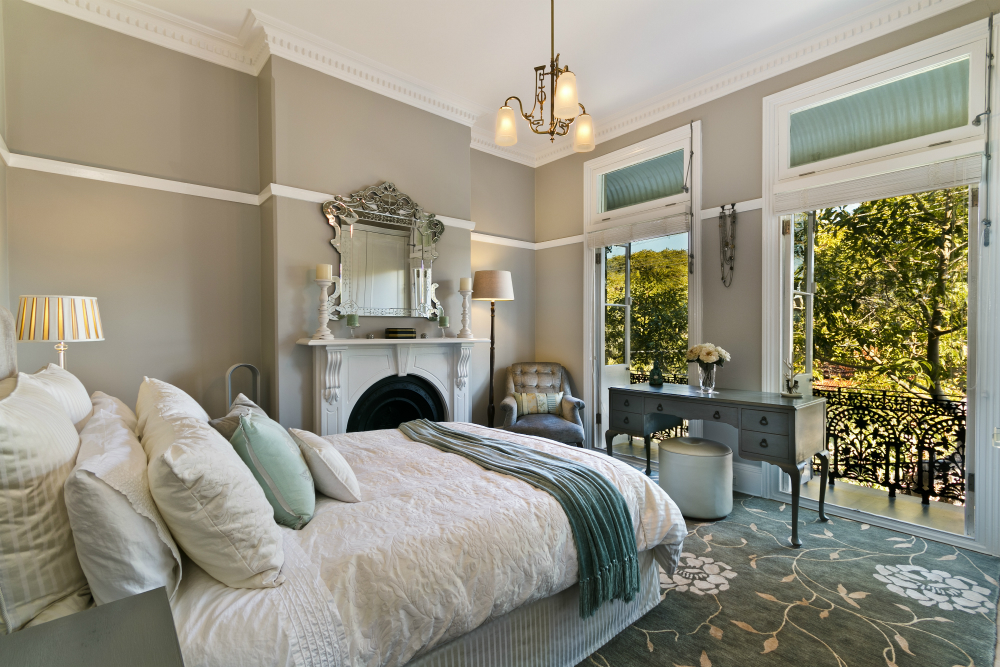
Improve sleep with these bedroom design tips
By Sumiko Wilson on Apr 25, 2017
Like most people, my first thought when I hear the shrill shriek of my alarm clock is ‘why?’ Studies are torn on whether millennials like myself get more or less sleep than our parents, but as for me, I know that sleep is in scarce supply and when I do finally fall asleep, I almost always go overboard.
For as long as I can recall, I have had a hard time waking up in the morning and as I’ve gotten older, it has become a major anxiety trigger. What if I set my alarm to PM instead of AM and wake up at nightfall? What if I continuously hit snooze and sleep through all of my classes? What if I become immune to my alarm and don’t hear it at all?
Once each of these respective nightmares came true (yikes) and I had to endure the embarrassing aftermath, I figured it was time to hijack my jacked up sleeping habits.
Ultimately I found that beyond bedtimes and relaxing rituals, the very layout and design of my bedroom strongly influenced my sleep quality. So if I wanted to overhaul my unhealthy sleeping habits, I had to make some adjustments to my space.
These fuss-free bedroom design tips can help you get the best slumber ever and eventually sleep your way to a better, more productive life:
1) Blackout curtains

Waking up early is an obstacle for some, like myself, but others find that staying asleep is a challenge as well. This is often attributed to sunlight that seeps in through windows.
Sunlight acts as a natural alarm clock, subconsciously alerting us when to wake up and when we should be sleeping. Unfortunately, nature’s alarm clock can sometimes be hastier than the alarms on our cellphones and lead to missed sleep.
To counteract this disruption and enjoy uninterrupted rest, blackout curtains are the way to go. If you want to shut out the light but not shun away lively colours, try pairing blackout shades with a bright, airy curtain overtop. The opposite can be effective for those who find that they are perpetually oversleeping.
2) Perfect pillows

For some troubled sleepers, subpar pillows may be to blame. Unbeknownst to many, pillow density actually plays a major role in sleep quality and when pillows are in abundance, they are a surefire way to make your bedroom look and feel cozier.
If you are in pursuit of better sleep, firm pillows are suggested for those who sleep on their side, medium-firm are recommended for back sleepers and soft pillows are the best choice for folks who sleep on their stomach. Each respective density provides tailored support to the areas in need while you’re sleeping. With targeted support, nights will consist of much less tossing and turning and much more shut-eye.
3) Dreamy hues

As outlandish as it may seem, painting your room the right shade can help you get better rest as well. The psychology of colour posits that exposure to certain hues can subconsciously influence our behaviour and since we tend to spend most time in our bedrooms in the evening, some nighttime habits can be attributed to the colour of our bedroom walls.
It is believed that cool colours are the best choice for bedrooms because they slow breathing, expand blood vessels and constrict pupils, factors which are conducive to a good night’s sleep. In contrast, bright, warm colours like red, for example, aren’t recommended. While they won’t necessarily induce a spell of insomnia, they are known to elevate your heart rate, raise your blood pressure and deepen respiration.
To get the best of both worlds, you can coat your walls with a cool hue and incorporate pops of colour with your decor!
We hope that these tips help make for more restful nights and more productive days!


